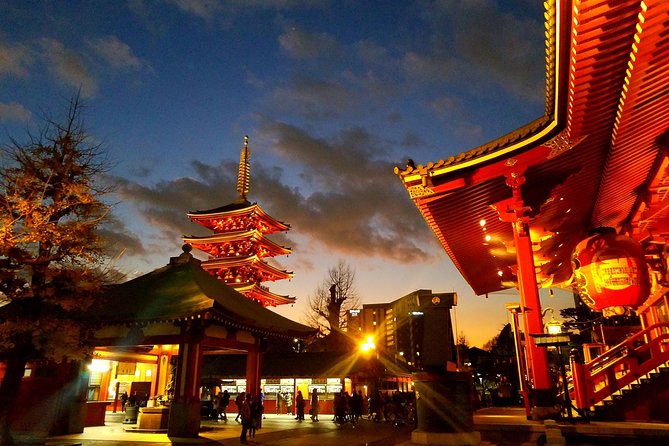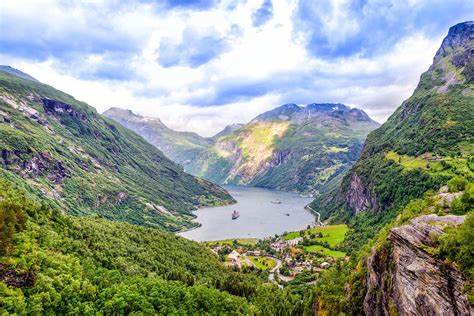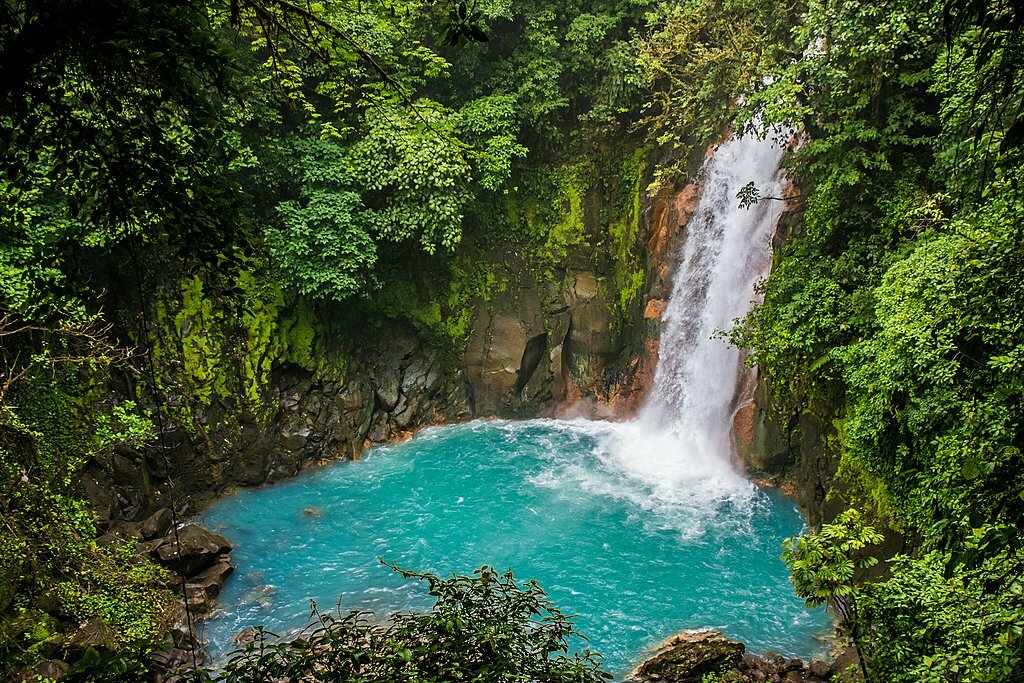Japan is a country that seamlessly blends ancient traditions with cutting-edge modernity, offering travelers a unique experience. From the tranquil beauty of its temples and gardens to the bustling streets of its cities, Japan is a land of contrasts. Whether you’re admiring the cherry blossoms in spring, exploring the neon-lit streets of Tokyo, or experiencing the serene atmosphere of Kyoto’s temples, Japan provides an unforgettable journey filled with culture, history, and stunning landscapes.
Tokyo: A Dynamic Metropolis of Culture and Innovation
Tokyo, Japan’s capital and one of the world’s most vibrant cities, offers a thrilling mix of traditional culture and futuristic technology. The city is a hub for innovation, with towering skyscrapers, high-tech gadgets, and an endless array of entertainment options.
The Shibuya Crossing, one of the busiest pedestrian intersections in the world, is a must-see. Visitors can watch as hundreds of people cross in all directions, surrounded by neon billboards and towering buildings. For a more traditional experience, head to Senso-ji Temple, the oldest temple in Tokyo, located in the historic Asakusa district. Here, visitors can enjoy the peaceful atmosphere and explore the vibrant Nakamise shopping street.
Tokyo is also home to Meiji Shrine, an iconic Shinto shrine nestled in a lush forested area, offering a peaceful retreat from the city’s fast pace. The city’s Harajuku district is famous for its quirky street fashion, while Akihabara is a paradise for technology and anime enthusiasts.
Kyoto: A Glimpse into Japan’s Past
Known as the cultural heart of Japan, Kyoto is home to many of the country’s most famous temples, shrines, and gardens. The city is a UNESCO World Heritage site, and its well-preserved historical sites offer a glimpse into Japan’s rich cultural past.
The Kinkaku-ji (Golden Pavilion) is one of Kyoto’s most iconic landmarks. This Zen Buddhist temple is covered in gold leaf and surrounded by a beautiful pond, creating a stunning reflection that changes with the seasons. Fushimi Inari-taisha, known for its thousands of red torii gates, leads visitors up Mount Inari, offering a tranquil hike and a unique cultural experience.
Arashiyama Bamboo Grove is another must-visit spot in Kyoto. The towering bamboo stalks create a mesmerizing atmosphere as you walk through the grove, making it a popular location for photographers.
Kyoto is also famous for its geisha culture, and visitors can visit the historic Gion district, where they might catch a glimpse of a geisha or maiko (apprentice geisha) on their way to appointments.
Mount Fuji: Japan’s Majestic Icon
Mount Fuji, Japan’s highest peak, is an iconic symbol of the country and a must-see destination for nature lovers. Located just outside of Tokyo, the mountain is a popular spot for hiking, particularly during the summer months when the climbing season is open.
For those who prefer a more relaxing experience, Lake Kawaguchi offers breathtaking views of Mount Fuji from the water, making it an ideal spot for photography. In winter, the surrounding landscape transforms into a snowy wonderland, providing visitors with spectacular views of the snow-capped peak.
The Fujisan World Heritage Center near the mountain offers exhibits on the history and cultural significance of Mount Fuji, making it an informative stop for those interested in learning more about the mountain’s role in Japanese culture.
Hiroshima: A Journey Through Peace and Resilience
Hiroshima, a city known for its tragic history, has become a symbol of peace and resilience. The Hiroshima Peace Memorial Park is dedicated to the victims of the atomic bombing during World War II and serves as a reminder of the importance of peace. The Atomic Bomb Dome, a UNESCO World Heritage site, stands as a stark reminder of the devastation caused by the bomb.
Visitors can also explore the Hiroshima Peace Memorial Museum, which offers an insightful and moving look at the events of 1945 and their lasting impact on the city and its people. Despite its history, Hiroshima is now a thriving city, known for its vibrant food scene and beautiful parks.
A short ferry ride from Hiroshima is Miyajima Island, home to the famous Itsukushima Shrine. The shrine, with its iconic torii gate standing in the sea, is one of Japan’s most picturesque sites. Visitors can hike to the top of Mount Misen for panoramic views of the island and the surrounding Seto Inland Sea.
Okinawa: Japan’s Tropical Paradise
For those seeking a more tropical experience, Okinawa offers beautiful beaches, crystal-clear waters, and a unique blend of Japanese and indigenous Ryukyu culture. The Okinawa Churaumi Aquarium, one of the largest in the world, features a massive tank housing whale sharks and other marine life, making it a top attraction.
The Shurijo Castle, a UNESCO World Heritage site, provides insight into Okinawa’s history as the capital of the Ryukyu Kingdom before its annexation by Japan in the 19th century. The castle is surrounded by lush gardens and offers stunning views of the island.
Okinawa is also known for its relaxed atmosphere, making it a perfect destination for those looking to unwind. Its beautiful beaches, such as Emerald Beach, are ideal for swimming, snorkeling, and diving.
Nara: A Tranquil City of Temples and Deer
Located just a short train ride from Kyoto, Nara is a city rich in history and is home to some of Japan’s oldest and most significant temples. The Todai-ji Temple houses the Great Buddha, one of the largest bronze statues in the world, and is a must-visit for those interested in Japanese history and religion.
The Nara Park, located near Todai-ji, is famous for its friendly, free-roaming deer, which are considered sacred in Shinto belief. Visitors can feed the deer and take memorable photos with these gentle creatures.
Hakone: A Retreat for Relaxation and Hot Springs
For those seeking relaxation, Hakone is a popular destination located near Mount Fuji. Known for its natural hot springs (onsen), visitors can unwind in one of the many ryokan (traditional inns) that offer onsen baths with views of the surrounding mountains.
The Hakone Open-Air Museum is another highlight, featuring sculptures and artwork displayed in the beautiful natural setting. The Lake Ashi area offers boat cruises with views of Mount Fuji, making it a tranquil spot for reflection and relaxation.






